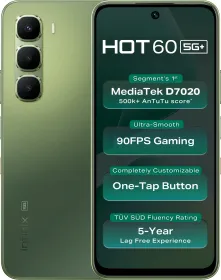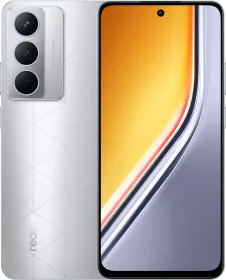Samsung has been very enthusiastic about its high-resolution sensors. The company was the first to market 64MP GW1 and even before the competition could catch up, the South-Korean giant already had a 108MP sensor up and running – a variant of which was also used on the Galaxy S20 Ultra.
We have been hearing reports of an upcoming 150MP and 192MP sensor underworks and now a new report claims that Samsung is developing a 250MP sensor for phones.
The report from Mydrivers also states that Samsung is already done with 150MP sensor and the 250MP sensor under development could measure 1-inch in size (significantly bigger than 1/1.33-inch 108MP sensor).
Just in case you are wondering, where the megapixel race would end,
Yongin Park, Head of Sensor Business Team earlier confirmed company’s aspiration to develop a 600MP resolution to match the human eye.
What’s the resolution of the human eye?

Our eyes don’t work exactly like cameras and we do not store pixels in digital format. And image processing in our brain is much more complex.
We tend to focus on a very short area at a time and the rest of the scene is effectively blurred. In order to grasp the entire scene, we roll our eyes and focus on different areas separately.
But if we were to assume that the entire scene in a 120-degree field of view was in focus, how much Megapixel equivalent would that image be?
Roger M Clark calculated that resolution to be around 576 Megapixels.
Are more pixels better?
Tech journalists have been educating consumers for years regarding how misleading the higher resolution or megapixel count can be. It’s the quality of pixels and not the quantity that matters.

But the advent and flooding of 48MP, 64MP, and 108MP quad-Bayer sensors in the last two years gave us a new perspective.
From our experience and data from the last two years, we can say a few things with confidence:
- These high-resolution sensors have definitely improved image quality on affordable and mid-range phones.
- The returns have been diminishing as we scale from 48 to 64 to 108.
Phone cameras rely heavily on image processing software, and these sensors give such advanced algorithms more data to play with. For instance, camera software can use two halves or two adjacent pixels in high-resolution quad-Bayer sensors to capture a scene at two different exposures simultaneously and then combine the results to improve dynamic range.
But pixel size has to be reduced in order to accommodate these high resolutions, and this miniaturization poses several challenges.
As we move higher, the sensitivity of pixels declines, and workarounds are needed to compensate for the same. This is mostly done by improving signal processing circuitry and algorithms.
One unequivocal advantage of high-resolution sensors is that they are easier and effective to market to consumers. And that perhaps is reason enough.


































